1.AKBASH DOG
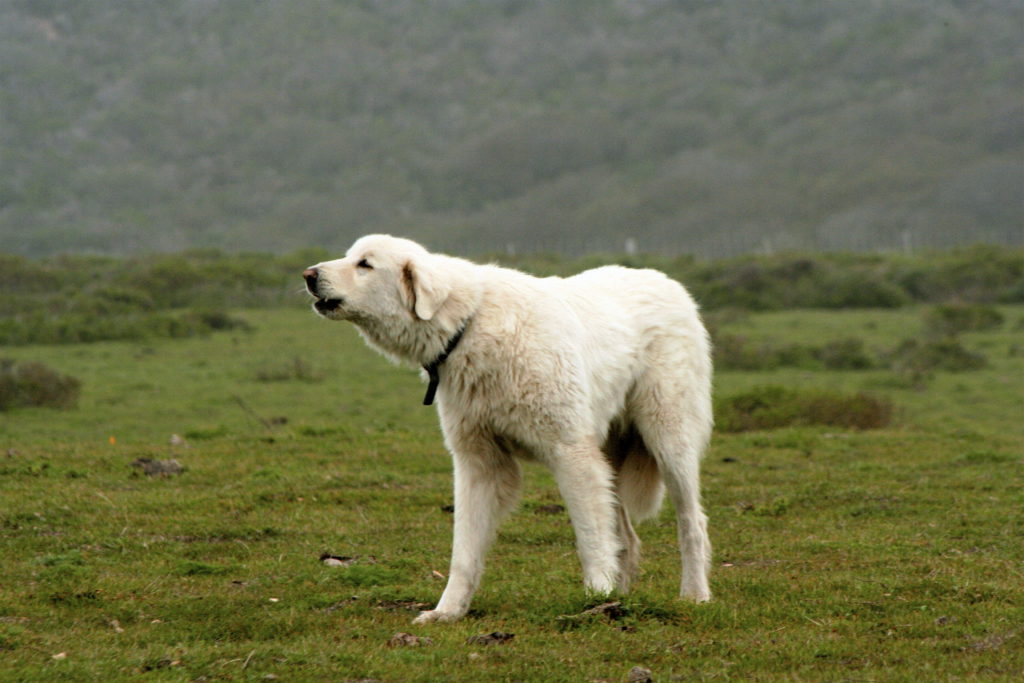
The Turkish Akbash Dog is native to Turkey, and it is primarily used as a livestock guardian Turkish dog or shepherd dog. This dog is one of the national dog breeds of Turkey.
Akbash Dogs, like many large breeds, can be expected to live 10 to 11 years on average, with some living much longer. Akbash Dogs are capable of bonding very closely with their owners and other animals and can display a range of emotions and sensitivity, unlike many other breeds. Like other breeds, they are susceptible to various infectious diseases and conditions to varying degrees.
2.AKSARAY MALAKLISI DOG
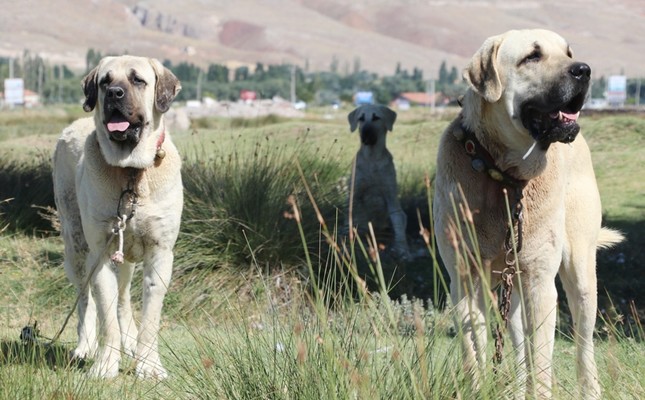
The Aksaray Malaklisi, also known as the Turkish mastiff or Central Anatolian shepherd, is a large Turkish breed of Molosser-type guard dog. This Turkish dog breed originated from the central Anatolian city of Aksaray, Turkey. Aksaray Malaklisi is the largest of the Anatolian Shepherd dog breeds, superior to the Kangal Shepherd Dog in size. Their name originates from a Turkish word used in Aksaray, “Malak” meaning lip, and “Malaklisi” meaning “with lips” due to the breed’s black, dropped, notable lips.
Aksaray Malaklisi looks similar to the English Mastiff and Kangal Dog, despite some major appearance differences. The Kangal has thinner legs and body and the Aksaray has dropped lips. It has longer legs than an English Mastiff and athletic body shape.
3.ANATOLIAN SHEPHERD
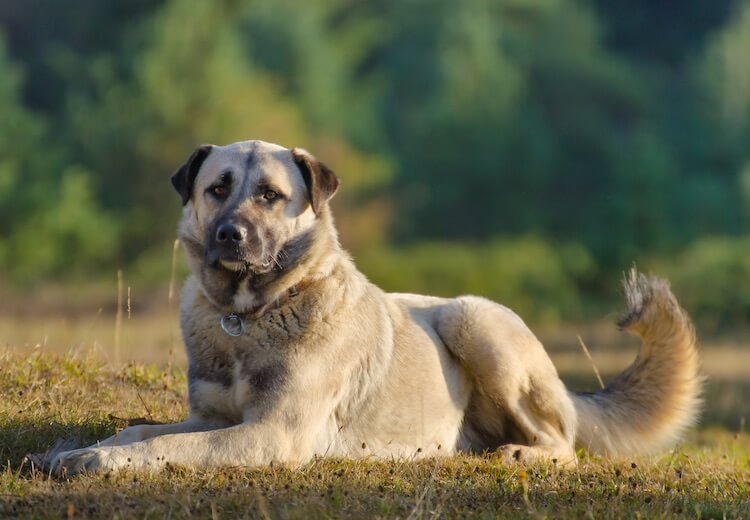
The Anatolian Shepherd Dog is a breed of dog that originated in the Anatolia region of central Turkey. This Turkish dog breed is rugged, large, and very strong, with good sight and hearing that allow it to protect livestock. With its high speed and agility, it can run down a predator with great efficiency. Historically, it has been treated as a separate breed from the Kangal Shepherd Dog by many canine registries but is now generally treated as part of the same breed population.
4.ARMENIAN GAMPR DOG
The Armenian Gampr is a large to giant-sized landrace breed that developed in the highlands that are the historical homeland of Armenia. This means that the development of the breed was more dependent on the isolated area that the dogs were located in than in the preferences of the human population, as breeding of the Gampr dogs was left unchecked. Landrace breeds are prone to higher variability in appearance and structure than standardized breeds, but in many cases are genetically healthier.
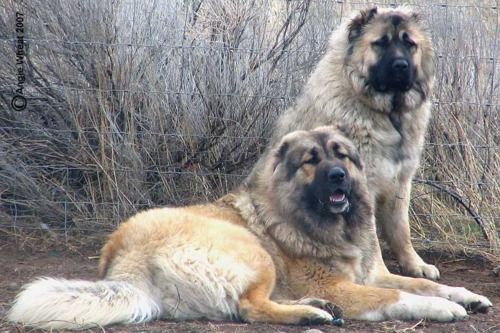 Numerous carvings and engravings of dogs in the area help to trace the history of domesticated dogs in the area and by 1,000 BC a large portion of these petroglyphs appear to be Gampr dogs, indicating that this Turkish dog breed was not only well established by this time but often preferred. They are sometimes even credited as being the inspiration for the Aralez, dog-like spirits who descend from on high to lick the wounds of dead heroes and resurrect them. The invasion of the Ottoman Empire in the early 20th century drastically reduced the population of these mighty canines but also allowed them to spread as they were employed as foundation stock for a variety of Turkish breeds. When the Soviet Union took control soon after, they took many of the best Gampr dogs and combined them with other dog breeds, resulting in the Caucasian Ovcharka. Recent downturns in the Armenian economy have caused not only a reduction in the population of Gamprs, but those Gamprs that remained were often undernourished and many were underdeveloped. Fortunately, when the economy rebounded, the robust health of the next generation of dogs also rebounded. Although the population of Armenian Gamprs in Armenia has not fully recovered, efforts to preserve the breed in the United States have been showing promise.
Numerous carvings and engravings of dogs in the area help to trace the history of domesticated dogs in the area and by 1,000 BC a large portion of these petroglyphs appear to be Gampr dogs, indicating that this Turkish dog breed was not only well established by this time but often preferred. They are sometimes even credited as being the inspiration for the Aralez, dog-like spirits who descend from on high to lick the wounds of dead heroes and resurrect them. The invasion of the Ottoman Empire in the early 20th century drastically reduced the population of these mighty canines but also allowed them to spread as they were employed as foundation stock for a variety of Turkish breeds. When the Soviet Union took control soon after, they took many of the best Gampr dogs and combined them with other dog breeds, resulting in the Caucasian Ovcharka. Recent downturns in the Armenian economy have caused not only a reduction in the population of Gamprs, but those Gamprs that remained were often undernourished and many were underdeveloped. Fortunately, when the economy rebounded, the robust health of the next generation of dogs also rebounded. Although the population of Armenian Gamprs in Armenia has not fully recovered, efforts to preserve the breed in the United States have been showing promise.
5.KANGAL DOG
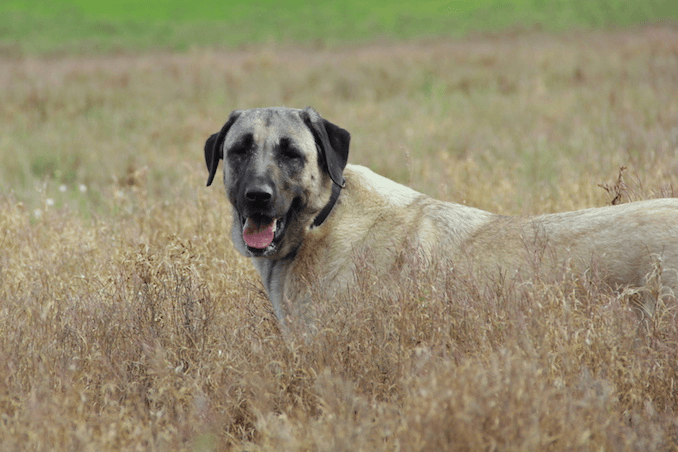
The Kangal Shepherd Dog is a breed of large livestock guardian dog in Sivas, Turkey. Originally the breed served people of Anatolia for thousands of years and continues to be a popular dog breed in Turkey. The breed is of an early Mastiff type with a solid pale tan or sable coat, and a black mask. According to official Kangal Shepherd Dog organisations in Turkey, including the Cynology Federation of Turkey (Köpek Irkları ve Kinoloji Federasyonu, KIF) and the Ankara Kangal Association (Ankara Kangal Derneği, ANKADER), Kangals may also be brindle or feature a recessive black tan pattern; with or without a black mask; and/or with white markings.
While the Kangal Shepherd Dog is often referred to as a sheepdog, it is not a herding dog, but rather a flock guardian that lives with the flock of sheep to actively fend off predators of all sizes. Typically used as protection against wolves, bears, and jackals in its native Turkey, the breed has been exported to African countries like Namibia and Kenya in more recent years due to its intimidating size and capabilities as an effective guardian, where it successfully protects local herds from lions, cheetahs, and similar indigenous big cats, which has had the benefit of not only protecting livestock but ensuring the continuity of endangered predators due to reduced cullings by local farmers.
The Kangal Shepherd Dog’s protectiveness, loyalty, and gentleness with small children and animals has led to its growing popularity as a guardian for families as well, as it regards people as its “flock” and guards them with extreme devotion
6.KOYUN DOG
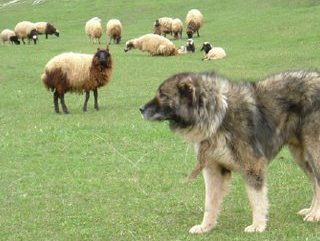
The Koyun dog is a flock and herd guardian dog of Molosser type. Koyun dogs are present in Ordu Province to the west of Rize in Turkey. This breed is also called Bayburt Kelpi locally.
The dog appears in various colours but dark grey is the most common. Bi-coloured animals occur. Rize Koyun dogs have a solid body structure and strong legs which make for easy travelling of the hilly areas of the Canik Mountains where they are found. The tail is normally in a downward position but is raised when the dog is alert. Shoulder heights of males are about 70 centimetres (28 in) and those of females about 1–2 cm lower.
The Rize Koyun is not a pet. In addition to guardian duties, it assists its human owners in giving vociferous or physical warning of intruding people or animals.
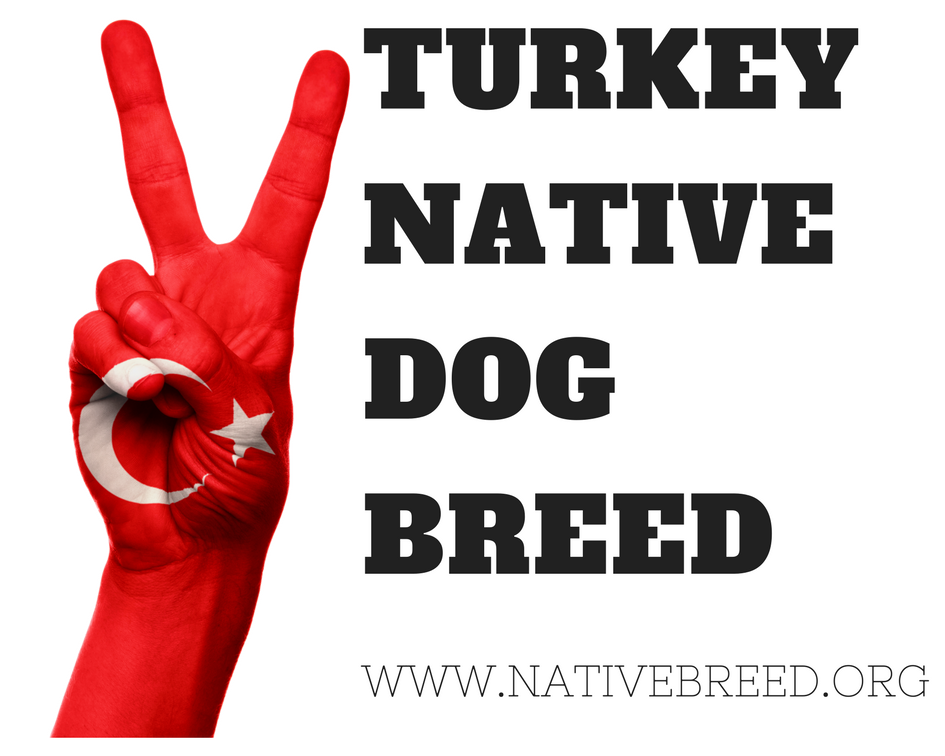
Anatoline Shepherd Pure Breed’i Nereden Alabilirim?